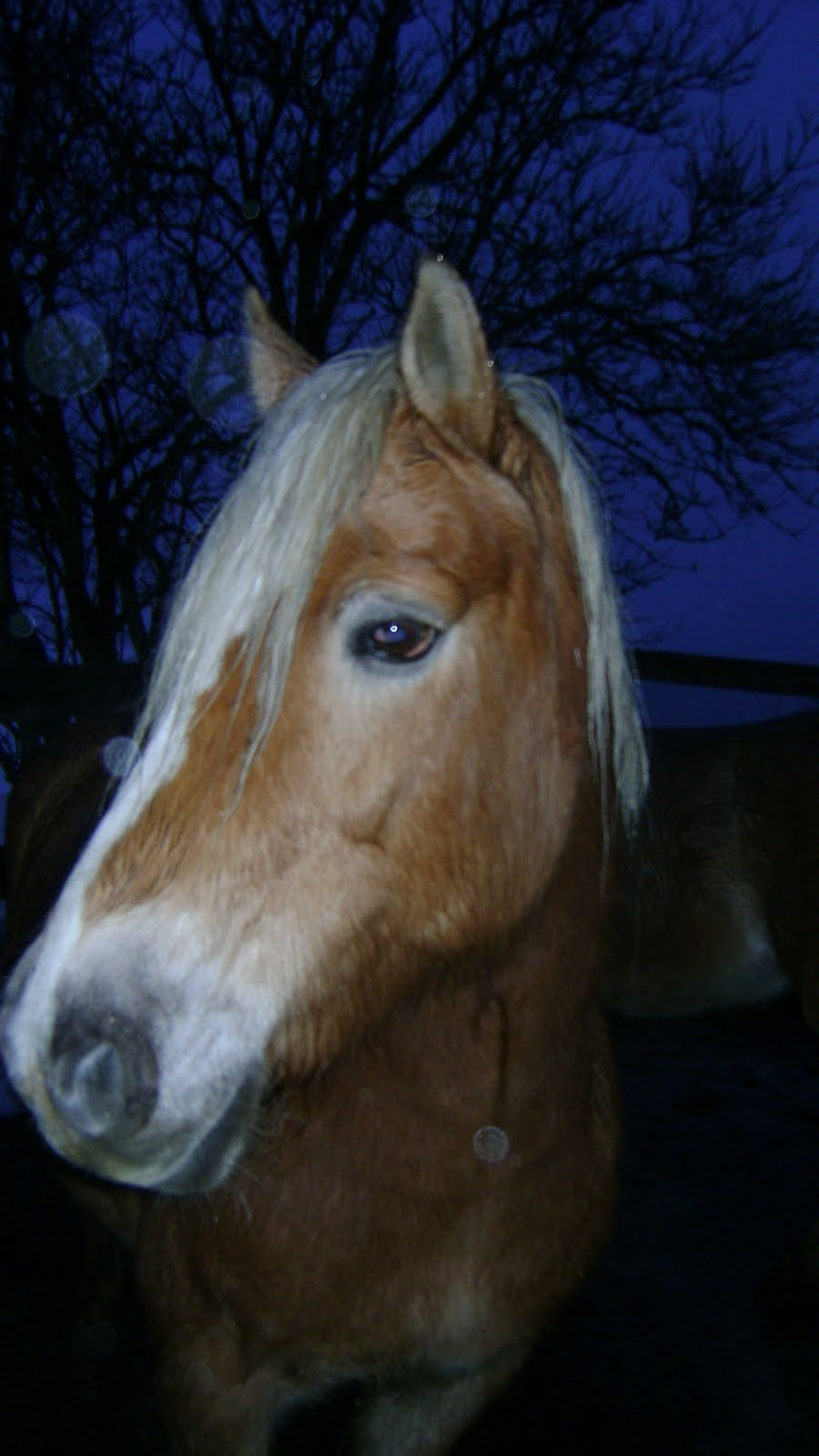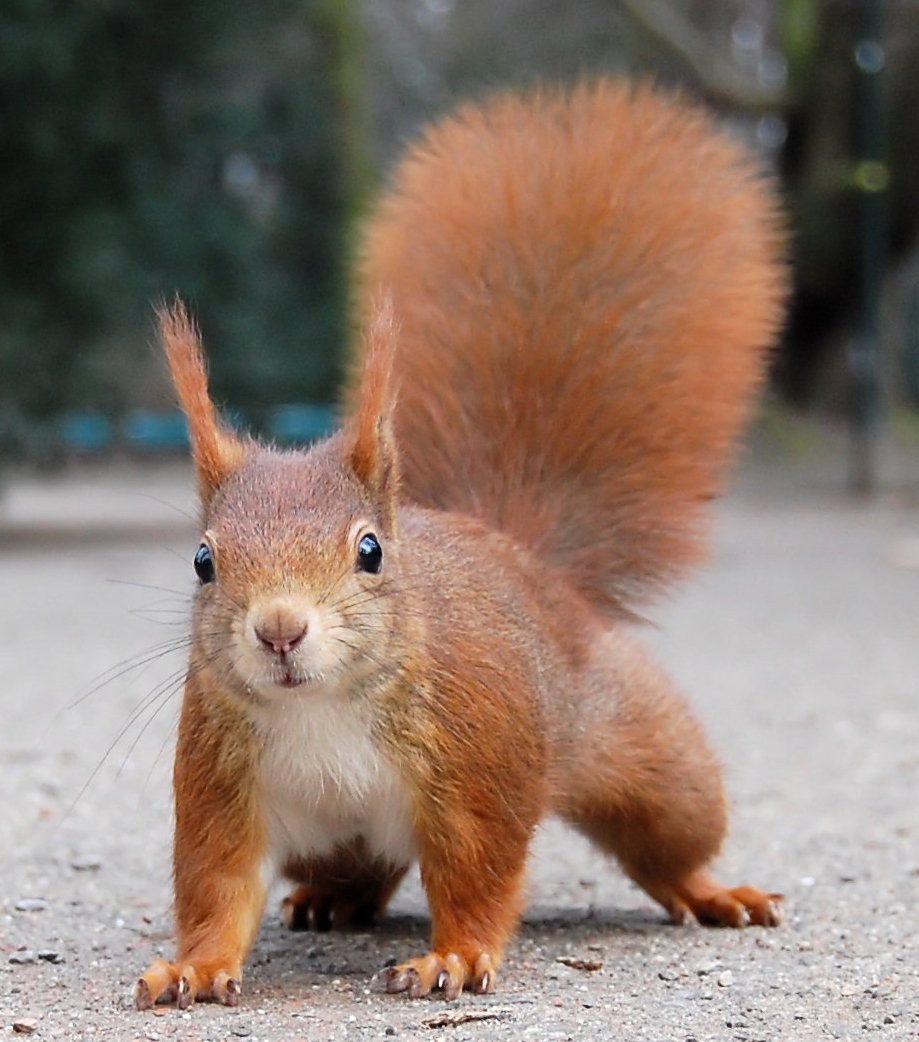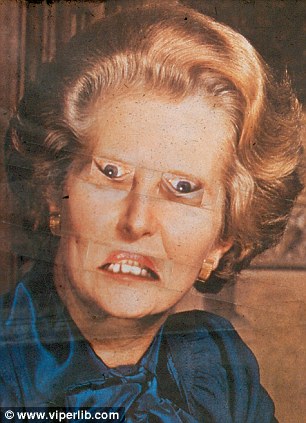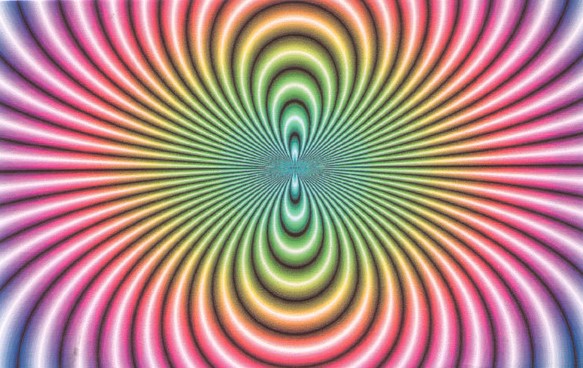I think it’s important to remember that people aren’t becoming more LGBTQ+, it’s that previous generations were so oppressed that coming out was impossible.
It’s common to see these kinds of graphs used in some twisted ways. People are being allowed to be themselves. We have a historical president for graphs like this with left handedness. Once we stopped murdering, beating or ostracizing people for being left-handed, we saw “huge spikes” of people being left-handed.
Be yourself. Be loved. You aren’t alone.
The oppression in previous generations definitely is a big factor.
The second big thing is that the majority of LGBTQ+ people is bisexual. And there were a lot of bisexual people who would, in previous social climate, identify as heterosexual due to living in a heterosexual relationship.
When you dig into the data of several other surveys, it becomes even more apparent that the seemingly rising number of LGBT+ is due to the removal of stigma: Earlier surveys had shown that the group that saw the biggest growth among all are bisexual/pansexual people while the other groups saw much less growth.
From an article in Psychology Today from 2022:
In the Gallup survey, most of those identifying as LGBT+ said they were bisexual: […] 57 percent of those declaring themselves something other than cisgender heterosexual. […]
Again, bisexuality was age-related. Those most likely to declare themselves bisexual were the youngest adults, with each older age group less and less likely to claim bisexuality.An article in the Washington Post from 2021 makes the apparent “rise” of bisexuality/pansexuality even more obvious:
Research from the Williams Institute at the UCLA School of Law has similarly found that a key driver of the growth in the LGBT community has been a surge in bisexual women and girls. Bisexual women make up the largest group of LGBT adults — about 35 percent, according to a Williams Institute analysis of data from three population-based surveys. More than one in 10 U.S. high school youth identifies as lesbian, gay or bisexual. And among them, 75 percent are female and 77 percent identify as bisexual. […]
Kerith Conron, research director at the Williams Institute, said more research is needed to understand this pattern. But, she said, “my theory would be it’s more acceptable for girls to identify as bisexual. The policing of young people is particularly pronounced for boys, to be masculine,” Conron said. “And for girls, to be bisexual isn’t necessarily perceived as a significant deviation from femininity.”So people are much more open to talk about their sexual desires for people of the same sex once the stigma is removed, but - unfortunately for young men - that is less often the case for them, so they won’t admit these feelings.
PS: Add that to the fact that women are much more likely to hold progressive politics than men.
I think the pandemic had a big impact as well. Social distancing meant that people were isolated from the forces that usually made them perform cisheteronormativity, and a lot of people realized “oh hey I’m queer actually”.
I know quite a few “COVID queers”, including myself.
That tracks. I thought I was going to break the mold and escape COVID without realising I was trans! Figured it out like a year in lol
Your username should’ve tipped you off.
This is a poor graph. There are nearly 30 Gen Z LGBT people in America?
Is that 30 million? 30%? 30 people asked?
Sorry, yeah, it’s percentage.
Percentage seems reasonable
Percentage seems way too high. Million seems more fitting.
Wow, not from the US but I can’t imagine every 3rd person I meet my age being queer… Here across the pond it’s like every 10th
Bisexuality is important here.
Half of all queers are bisexual according to that last survey.
I think, this is what really pushed the numbers upwards during the last decades.
So, that young LGBT person on the other side of the road could live in a heterosexual relationship, but being attracted to both genders.
It’s only 30% if you are around people who are from Gen Z exclusively. The overall percentage is lower.
“In its most recent poll, released in February of last year, Gallup found 7.2% of adults in the U.S. identify as LGBTQ, including nearly 20% of those in Gen Z, which that survey defined as those ages 19 to 26.”
The point is to show that newer generations, especially Gen Z, are identifying as LGBTQ+ at a higher rate than previous generations. That being said, it wouldn’t surprise me if the numbers are lower for past generations because there are more dead and closeted LGBTQ+ people in those generations.
It’s almost definitely percentage
Removed by mod
When I first heard the statistic it was “under 1%” then it changed to just 1%, then at some point it got bumped to 3%, 5, 10, and honestly I just stopped listening at some point.
I’d love to know what the true percentages are, not the “society doesn’t accept me so I will hide for the rest of my life and have a family like I’m supposed to” percentages we have. I actually knew a couple who lived in separate rooms because when they got married, it was so people would stop questioning them. They’re both gay, but neither ever had a long term partner while “married” because their family would find out. That is just heartbreaking. I don’t doubt their love for each other, but it wasn’t a romantic love, and though they made the best with what they had, they deserved better.
It’s incredible, it’s so painful to even just imagine having to live like that. Let alone actually do it.
I saw a good portrayal of that kind of marriage in For all mankind.
Wasn’t it 5% gay men? There are probably way more bi people
Damn, only like 50 people in the US are LGBT?
Y-axis could definitely use some labels…
Yes, I agree… Will do that next time.
30 what? Puppies?
My bad… Percentage of total population!
Seen this while browsing all and find this incredibly hard to believe. Do you have a source? Was this an official census?
The source is referenced in the graph (PRRI survey from 2023, as described e.g. here)
The previous years are a different org’s polls (Gallups)
Maybe I have an explanation…
There is the letter B in LGBT.
Bisexuality…
If you liked both genders 40 years ago, you’d have chosen the hetero way.
If you like both genders now, it’s easier to experiment. It’s less likely that others ruin your life because of it.
50% of all LGBT people identify as bisexual. That’s what pushed the numbers during the last decades.
I’d like to know what “identify as LGBT” means as even with significantly greater social acceptance, those numbers seem high. I wonder if something along the lines of, “I’m an ally so I identify” is included in that.
Note: It’s no skin off my teeth if the true number were ninety nine percent. I’m not attempting to argue against. Just want to know the definition of the term they’re using here.
Gen Z likely has a much more loose definition of sexuality and gender identity than the older generations have. The more loose the definition, the more people that can identify as part of the group.
Understanding gender and sexuality as fluid and as part of a spectrum is a difficult thing to learn when you’ve been taught the exact opposite your whole life. And Gen Z isn’t old enough to be stuck in those definitions. Love it or hate it (and I do hate social media for many reasons), social media has been the catalyst for so much LGBT+ acceptance.
You do hate social media, right? Not LGBT+ acceptance? That’s how I read it the second time, but I did a double take on the first read.
Yeah, I tried to make sure it was clear that I hate social media, not LGBT+ acceptance.
What’s important: There is the letter B in LGBT. Half of the the LGBTs identify as bisexual. A lot more people now fell free to say that they are bi. More than before.
This is a news article about the latest survey: https://www.nbcnews.com/nbc-out/out-news/nearly-30-gen-z-adults-identify-lgbtq-national-survey-finds-rcna135510
One of the recent advantages with the newer generations cane with the internet which provided a place to create common nomenclature and symbols.
Take a kid who notices their own likes and sense of self doesn’t make sense to their peers and vice versa. In my generation we just felt like an outlier, a deviant from the norm. With the internet LGBT+ community they can find these desires and behavior patterns are not unique, are not unhealthy or harmful, and there are others with like experiences.
There’s also the matter that these groups are commonly marginalized much the way women and nonwhites are. Our community is united by the need to be regarded as equals by the state and by our neighbors, even when we are out (id est, who we are is known by our peers).
Shout out to the silent generation making some moves during COVID!
The conservative ones died while the LGBT and other progressives lived.
Can’t fathom why
I appreciate that the octogenarians are getting gayer too
Our power is growing
It was the worst of times, it was the biest of times.
Why did silent go down then up?
Down because of people… you know… dying
Up because of people coming out really late in life
Would be my guess
I thought this was percent of the generation identifying as LGBTQ+. If it goes down wouldn’t it mean LGBTQ+ people have a lower life expectations? That wouldn’t make sense, but I have no idea what this is actually showing now because there’s no label or explanation.
Oh you are right, my theory doesnt really make sense
Maybe because of the GOP getting more aggressive in their anti-LBGTQ rhetoric and the rise of Trump?
The last 2 “blocks” are from 2 different survey institutes. This has probably caused the “jump”.
Did the silent gen go back into the closet for a little while?
The numbers were slightly, but continuously decreasing in Gallup surveys, but a lot higher in the 2023 survey of a different institute.
I wonder where the next new bar will start.












